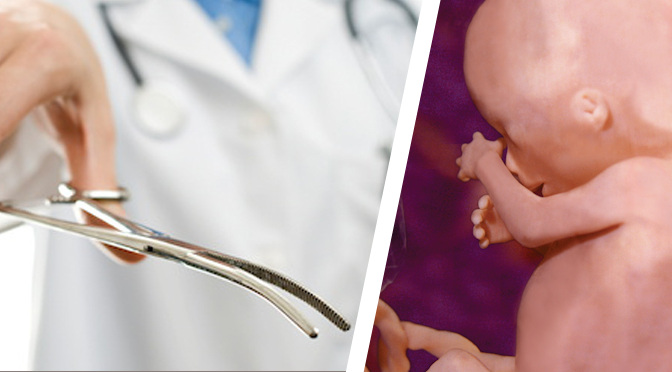The U.S. Supreme Court is set to rule this month on the biggest abortion case in nearly a decade: Whole Woman’s Health v. Hellerstedt.
The high court’s decision in the Hellerstedt case will draw the abortion landscape for the next several decades, and will determine whether states can pass legislation regulating the abortion industry and protecting women.
At the center of the case is Texas’ H.B. 2, a law which ensures that women are not subject to substandard conditions within abortion facilities. The law requires abortionists to have hospital admitting privileges within 30 miles, and mandates facilities to upgrade to meet the standards of ambulatory surgical centers.
Over 40 abortion facilities were in operation in Texas before the Legislature passed H.B. 2 in 2013, the Texas Tribune reports. Since then, roughly 21 abortion facilities have shuttered. The number of clinics in business is expected to drop to less than 10, should the Supreme Court fully uphold the Texas law.
The abortion industry, however, has fought H.B. 2 and similar legislation tooth-and-nail. Claiming that these laws bar access to abortion, advocates for abortion-on-demand say Texas’ H.B. 2 brings women back to the 1960s, when they resorted to back-alley procedures and DIY methods.
The argument on its face, however, is highly flawed. The spirit of Texas’ pro-life law is to implement commonsense protections for women seeking abortions by requiring facilities to adhere to basic regulations uniform to many surgical clinics.
Abortion clinics are shuttering across the state because they refuse to abide by these requirements, and are placing women at risk. Far from the cry of the abortion lobby, back-alley conditions are ubiquitous across the industry. Too many women have been maimed and killed inside shoddy abortion practices, which have not been subject to specific inspections or regulations.
H.B. 2 requires minimum health and safety standards, including wider facility corridors for stretchers to pass through, and larger operating rooms. The law also mandates facility cleanliness and safety, and ensures there is sufficient staffing.
The grotesque horrors inside the facilities of abortionists Douglas Karpen (who was forced to stop operating under H.B. 2) and Kermit Gosnell— and the deaths of women, like Tonya Reaves — teach us that the abortion industry cannot be trusted to police itself. The countless crimes against women and children cannot continue, unregulated and hidden from the American public.
It should concern Americans that the abortion industry, which has long represented itself as the champion of women, is willing to place the lives of women at risk for profit.








